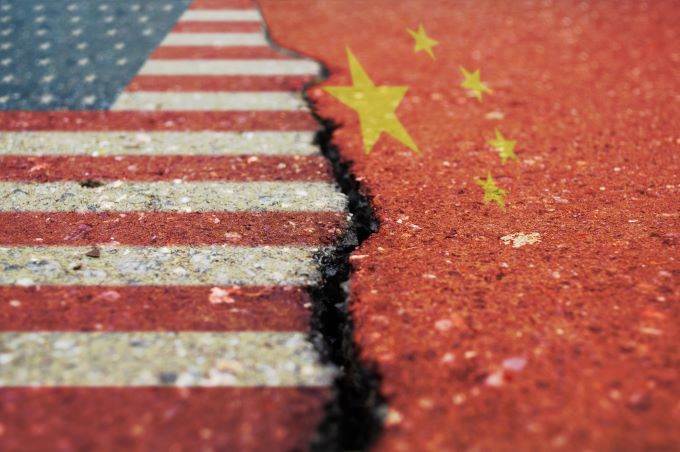The signing of “phase 1” of the U.S.-Sino trade deal on Wednesday has allowed traders and analysts worldwide to breathe a sigh of relief. After weeks of speculation as to whether the deal would be signed, the two countries are on their way to more stable political and economic relationships – or at least they should be. The details of the deal were released on Wednesday, and skeptics wonder whether the terms are realistic. Let’s take a look at some of the more important terms of the deal:
– China has agreed to purchase an additional $200 billion in U.S. goods and services in the next two years. The amount will be broken down into $77 billion of purchases in 2020 and $123 billion in 2021.
– The $200 billion will be above the $186 billion China purchased in 2017 and will significantly increase the country’s purchases from the United States.
– $54 billion of the purchases will be from the energy sector.
– $38 billion of the purchases will be from the farming sector.
– $78 billion of the purchases will be from the manufacturing sector.
– $38 billion of the purchases will be from the services sector.
– China has also agreed to crack down on intellectual property theft and the forced transfer of American technologies.
 One potential downside of the deal is that American farmers will become extremely reliant on the purchases from China; if the deal crumbles, farmers will be left with tremendous oversupply and few buyers to liquidate the perishable stocks. Furthermore, in a statement, China’s Vice Premier Liu He commented that China would purchase American products “based on the market demand in China,” which indicated that he may not feel compelled to stick to the targets entirely.
One potential downside of the deal is that American farmers will become extremely reliant on the purchases from China; if the deal crumbles, farmers will be left with tremendous oversupply and few buyers to liquidate the perishable stocks. Furthermore, in a statement, China’s Vice Premier Liu He commented that China would purchase American products “based on the market demand in China,” which indicated that he may not feel compelled to stick to the targets entirely.
The deal cancelled planned U.S. tariffs on Chinese cell phones, toys and laptops, and reduced the tariffs on another $120 billion of Chinese products. The current 25 percent tariffs on Chinese goods will remain, as will China’s retaliatory tariffs on $100 billion of U.S. goods.
Markets were fairly subdued after the signing. On the currency markets, the dollar inched up against the safe-haven yen, trading up 0.05 percent to 109.94. The Australian dollar was flat against the greenback, while the euro also remained unchanged. The dollar index was up a modest 0.02 percent to 97.25 .DXY.
Oil prices edged higher on optimism that the trade deal would increase demand. U.S. WTI futures were up 0.83 percent to $58.29 per barrel, and Brent crude futures were up 0.8 percent to $64.51 per barrel. Asian stock benchmarks posted modest gains across the board, with the exception of both Chinese benchmarks which eased after the deal was signed. The Shanghai Composite was trading down 0.47 percent as of 2:34 p.m. HK/SIN, and the Shenzhen Composite was down 0.14 percent.
